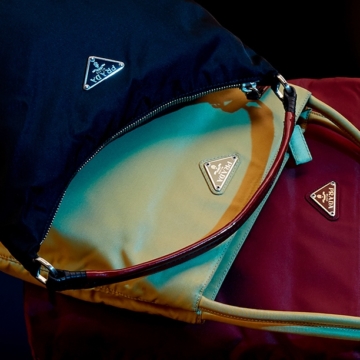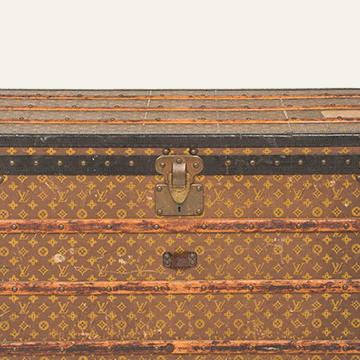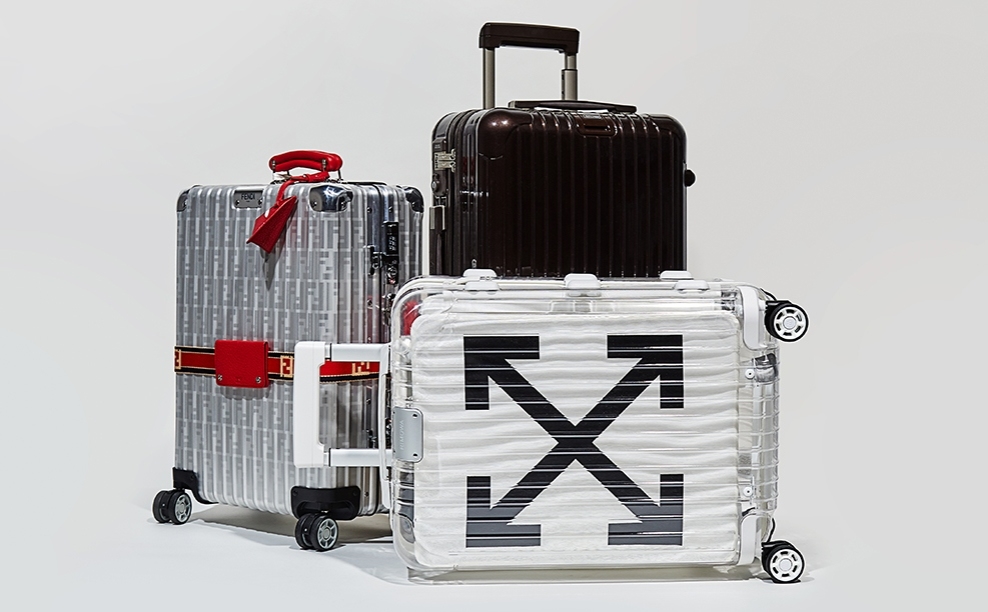
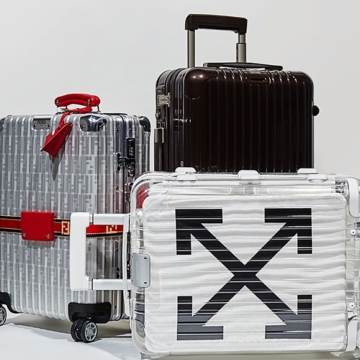
How to Spot Real Rimowa Luggage
When it comes to innovation in travel accoutrements, it seems there’s always a heritage brand leading the charge. Rimowa is a shining example of this. Founded in Cologne, Germany in 1898 by Paul Morszeck, the house has a reputation for luxury luggage that’s durable and lightweight. The first Rimowa trunk was made of wood, providing a sturdy and well-constructed travel solution. But it was in 1950 when Morszeck’s son, Richard, devised a Rimowa icon. Inspired by the golden days of early aviation, he saw the JUNKERS F13 — the world’s first all-metal passenger aircraft, made of corrugated metal — and adapted it to create a grooved aluminum suitcase. A waterproof aluminum design came soon after.
Rimowa’s pièce de resistance, the 2000-era polycarbonate suitcase, was the first of its kind. It can withstand extreme temperatures and still maintain a hard-wearing exterior shell that’s surprisingly light. Rimowa’s strides in engineering fine luggage have led to collaborations with fellow top-tier brands such as Fendi and Off-White, but has also resulted in an inevitable slew of counterfeits. Read on for our expert team’s tips for spotting the real deal.
Rimowa Luggage Materials & Construction
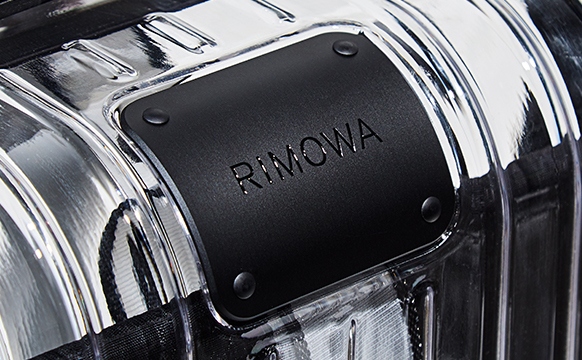
The anatomy of a Rimowa suitcase consists of a polycarbonate or aluminum outer shell, textile lining, a sliding telescopic top handle and an additional side handle. Rimowa’s polycarbonate suitcases can either be matte or glossy, and come in a wide array of colors. Rimowa has released many limited edition colors throughout the years, so don’t use the current Rimowa offerings as a guide for authentic colorways. These suitcases will have plastic trim at the exterior for logo placards and other reinforcing details, plastic or rubber handles at the side and a plastic telescopic handle. Suitcases should also include a cotton jacquard lining, and those with dividers will also be made of cotton.
Rimowa suitcases will always feature the brand’s signature, proprietary groove design. When inspecting a suitcase for authenticity, pay close attention to the grooves’ texture and spacing. The grooves should be smooth, evenly spaced and will continue around the entire suitcase. Depending on the style, some suitcases will feature grooved lines that extend from top to bottom, while others will feature grooves that don’t extend to the top, leaving negative space that accentuates the corners.
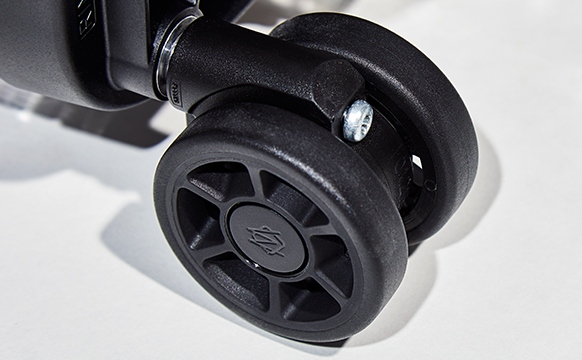
In 2001, Rimowa developed a patented Multiwheel system, allowing the wheels to move in a smooth 360 degree movement. Each Rimowa suitcase with this feature includes eight ball-bearing mounted polycarbonate wheels with cushioned axles. This allows the suitcase to be well-balanced and glide effortlessly. If you notice any stickiness when the wheels move or an unevenness when it should be level, that’s a definite red flag.
Each wheel on polycarbonate suitcases should also have six spokes, while aluminum suitcases will feature six circles. Some recent versions, like the one above, will include Rimowa’s latest logo, an encircled M evocative of Germany’s Cologne Cathedral that harkens back to Morszceck’s name. These can be featured on both spoke and circle-accented wheels.
Rimowa Luggage Hardware
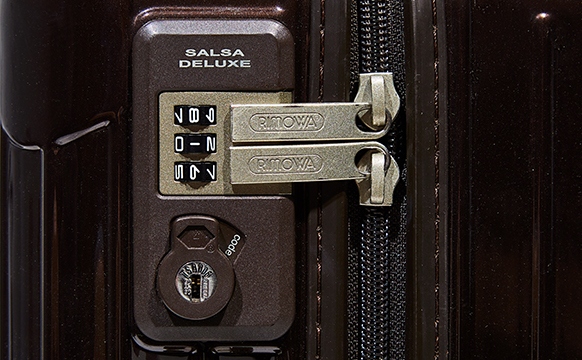
While the Classic and Original versions of Rimowa’s suitcases will only feature clamp closures, many of their other styles include zipper-and-lock closures. In 2006, Rimowa began creating TSA-approved locks that allow for easy access. All zipper pulls should be made of KK metal. If you see plastic zipper pulls or if the metal feels cheap and flimsy, that’s a sign that the suitcase’s authenticity is questionable.
Rimowa Luggage Brand Identifiers
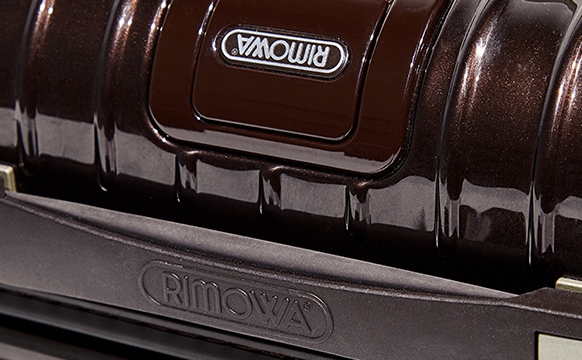
While Rimowa’s classic curved font has always been a recognizable element of its branding, in 2018 the house created a new sans serif version of its logo. The sans serif logo on their newer products has replaced the older loopy font. But whether the logo is new or old, it should be present on the handle, zipper pulls, and — of course — the top logo placard.
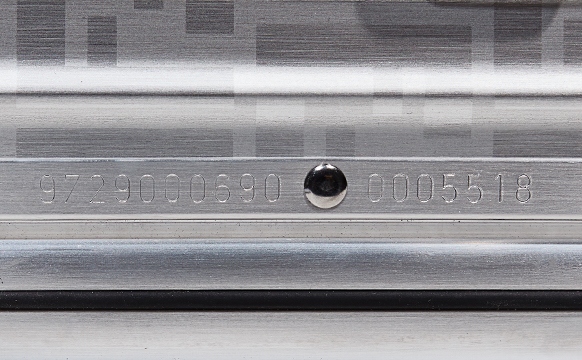
Another essential brand identifier on authentic Rimowa pieces is the serial number. The serial number will be located on the suitcase’s exterior between or close to the hinges. It will be a 13 or 17-digit number, and its absence is definitely a red flag. Counterfeits may also include serial numbers, however, but luckily Rimowa tracks these in their system. Double check the serial number on Rimowa’s site under “Register my Rimowa.” Previously owned pieces may have already been registered, but pristine pieces in their boxes should not yet be registered in the Rimowa system.
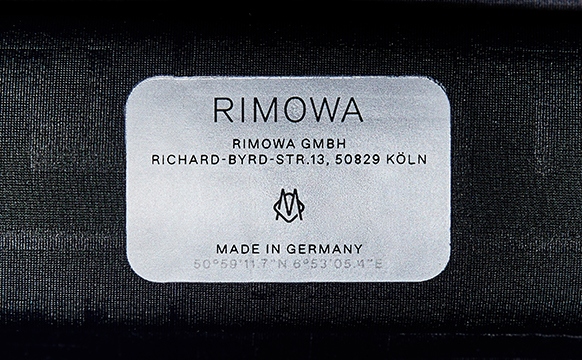
Rimowa pieces will also include an interior made-in label that features the logo, country of production and the longitude and latitude of the production site. Rimowa suitcases are only produced in three countries — Germany, the Czech Republic and Canada. If another country is listed or the longitude and latitude does not align with the country, that’s a sign that the suitcase may be inauthentic.
Join the jet-set and shop our selection of Rimowa pieces now.
All items are pre-owned and consigned to The RealReal. Trademarks are owned by their respective brand owners. No brand owner endorses or sponsors this ad or has any association and/or affiliation with The RealReal.
Please note: Brand standards, logos and other identifying features may have changed since the time of publication.


